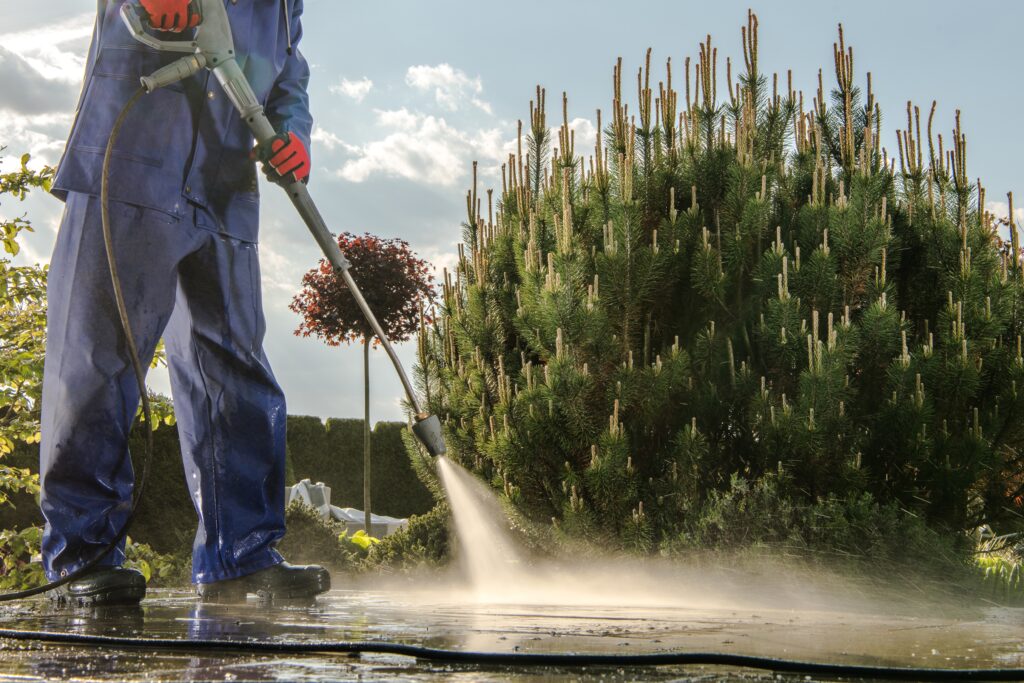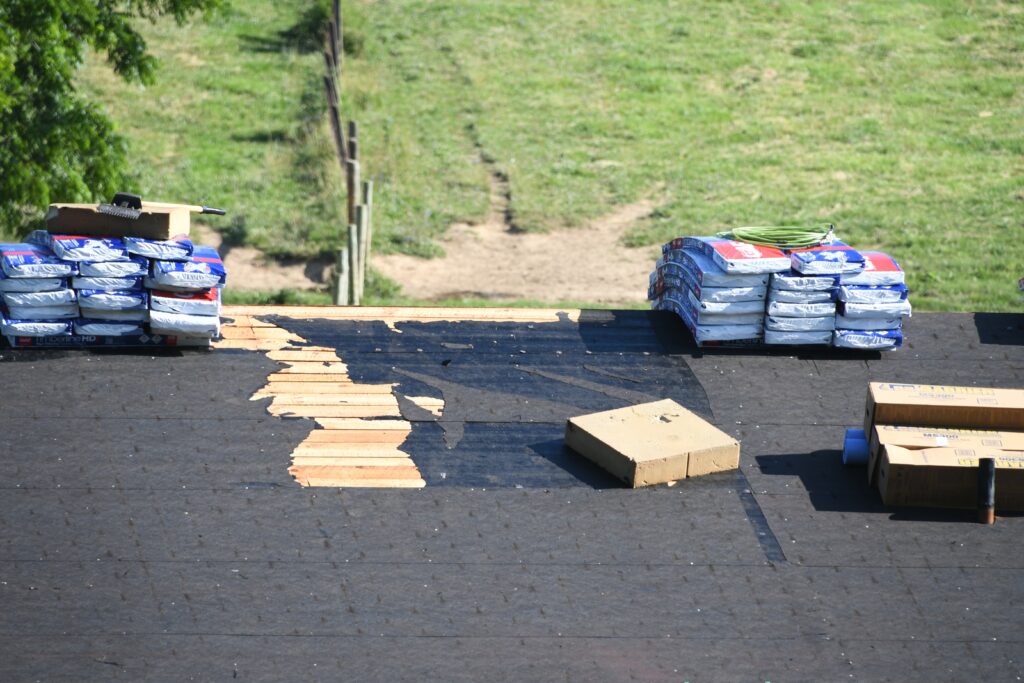
+ (475) 800-4556
1. Clean Your Gutters Before the Snow Hits
The first step to preparing your gutters for winter is to ensure they’re free of leaves, twigs, and other debris. Blocked gutters can cause water to back up, leading to leaks, ice dams, and even roof damage. Before the first snowfall, make sure your gutters are thoroughly cleaned to ensure proper water flow.
Tip: Wear gloves and use a sturdy ladder. You may also want to use a gutter scoop or a garden trowel to remove the debris. Don’t forget to clear the downspouts to prevent clogs!
2. Inspect for Damage and Make Repairs
Cold weather can exacerbate any existing issues with your gutters. Check for cracks, rust, sagging, or loose sections. These problems can lead to water leaking into your home or foundation, especially when the snow starts to melt. If you notice any damage, repair or replace the affected parts before winter sets in.
Tip: If you’re not comfortable doing repairs yourself, hire a professional to ensure everything is properly fixed before the weather worsens.
3. Install Gutter Guards
Installing gutter guards is a great way to prevent debris from collecting in your gutters throughout the winter. They act as a protective barrier, allowing water to flow freely while keeping leaves, pine needles, and other debris out. Gutter guards can reduce the need for frequent cleaning, saving you time and effort.
Tip: There are various types of gutter guards, including mesh, reverse curve, and bottlebrush. Choose the one that best suits your home’s needs.
4. Prevent Ice Dams
Ice dams form when melted snow refreezes at the edge of your roof, blocking water from draining properly. This can cause water to back up into your home, leading to serious damage. To prevent ice dams, ensure your gutters are clear and consider using heat cables. Heat cables can be installed along the roofline to melt any ice buildup before it causes problems.
Tip: Proper insulation in your attic can also help reduce the chances of ice dams by keeping the heat in and preventing excessive melting.
5. Check for Proper Gutter Pitch
Your gutters need to have the correct slope, or “pitch,” to allow water to flow efficiently toward the downspouts. Over time, gutters can shift or sag, disrupting the pitch and leading to standing water, which can freeze in the winter. Check that your gutters slope properly toward the downspouts (about a quarter-inch per 10 feet of gutter). If necessary, adjust the pitch to ensure proper drainage.
Tip: If you’re unsure about the pitch or need assistance, a professional gutter service can help you make the necessary adjustments.

1. Removes Dirt, Grime, and Stains
The buildup of dirt, dust, algae, mold, and mildew can cause your home to look old and neglected. Power washing uses a high-pressure water spray to remove these contaminants from various surfaces, including siding, decks, patios, driveways, and walkways. By getting rid of the accumulated dirt and stains, you’ll reveal the clean, fresh surfaces underneath, instantly improving your home’s appearance.
Tip: Power washing can be especially effective on surfaces like brick, concrete, vinyl siding, and wood, which are prone to collecting dirt and mildew.
2. Restores and Refreshes Your Home’s Exterior
Whether your home is made of wood, brick, or vinyl, exposure to the elements can cause it to look weathered and faded. Power washing helps restore the original color and texture of your home’s exterior by removing years of grime and discoloration. This can make your home look brighter, newer, and more appealing, giving it a fresh, well-maintained appearance.
Tip: Power washing is a cost-effective way to refresh your home’s exterior without the need for costly repainting or extensive repairs.
3. Increases Property Value
First impressions matter—especially when it comes to real estate. Whether you're preparing to sell or simply want to increase your property value, power washing can make a big difference. A clean, well-kept exterior is more likely to attract buyers and increase your home’s market value. Homes that have been power washed stand out more, making them look well-maintained and cared for.
Tip: If you’re selling your home, consider power washing your driveway, front porch, and siding to boost curb appeal and help it sell faster.
4. Prevents Damage and Long-Term Maintenance Costs
Regular power washing can help prevent the buildup of harmful substances like mold, mildew, and algae, which can damage your home’s surfaces over time. For instance, mildew and algae growth on wooden decks or vinyl siding can cause rot, discoloration, and decay. By removing these contaminants regularly, you’re not only improving the appearance of your home, but you’re also protecting it from potential long-term damage.
Tip: Power washing can also help extend the lifespan of your siding, roof, deck, and driveway, saving you money on expensive repairs and replacements in the future.
5. Prepares Surfaces for Painting or Sealing
If you're planning to repaint or reseal your home’s exterior surfaces, power washing is an essential step in the preparation process. A clean, smooth surface ensures that paint or sealant will adhere better and last longer. Power washing removes peeling paint, dirt, and debris, providing a clean canvas for your next project.
Tip: Power washing before painting or sealing can help you achieve a more even and professional finish.
6. Improves Overall Health and Safety
Mold, mildew, and algae that accumulate on your home’s surfaces can not only damage the exterior but also pose health risks. These contaminants can trigger allergies and respiratory problems, particularly if they spread to areas like walkways and driveways where they create slippery surfaces. Power washing removes these hazards, making your home a safer environment for you and your family.

1. Missing, Curling, or Damaged Shingles
One of the most obvious signs of roof damage is missing or damaged shingles. Shingles can curl, crack, or become loose due to age, wind, or other weather conditions. If you notice any shingles that are missing, curled, or damaged, it’s important to replace them as soon as possible to prevent water from entering your home.
Tip: Regularly inspect your roof from the ground for any obvious issues, and consider using binoculars for a closer look. If you can’t reach your roof safely, hire a professional to inspect it.
2. Water Stains or Leaks on the Ceiling
Water stains or damp spots on the ceiling inside your home are clear indicators that your roof may be leaking. If you notice these stains, especially after a heavy rain or snow, it’s important to have your roof inspected right away. Over time, leaks can lead to mold, mildew, and further structural damage.
Tip: Check your attic regularly for any signs of leaks or moisture. If you spot a leak, get it repaired quickly to prevent further damage.
3. Granules in the Gutters
If you find an accumulation of granules in your gutters or around your downspouts, it could be a sign that your shingles are deteriorating. Asphalt shingles are coated with granules that protect them from UV rays and weather damage. As the shingles age, these granules can come loose and collect in your gutters. This could indicate that your roof is nearing the end of its lifespan.
Tip: If you see granules, it may be time to consider replacing your shingles, especially if they are older or have experienced significant wear.
4. Sagging or Uneven Rooflines
A sagging roofline is a serious sign of damage that shouldn’t be ignored. A sagging roof can be caused by structural issues, such as weakened rafters or water damage, and can lead to serious complications if not addressed. If you notice any dips or uneven areas on your roof, it’s essential to call a professional roofing contractor to inspect the problem.
Tip: If you observe any sagging or warping on your roof, do not wait to have it checked. Structural issues can escalate quickly and may require extensive repairs.
5. Excessive Moss or Algae Growth
While moss and algae growth may not seem like an immediate problem, over time they can cause damage to your roof. Moss retains moisture, which can lead to the deterioration of shingles and promote the growth of mold. Algae growth, though less damaging, can discolor your roof and give it an unsightly appearance.
Tip: Keep an eye on the areas of your roof that receive less sunlight, as moss and algae tend to thrive in shady, damp spots. You can treat these issues with a gentle cleaner or call a professional to remove them.
6. Drafts or Unusual Energy Bills
If your roof is damaged, it can lead to air leaks in your home, which can result in drafts, fluctuating indoor temperatures, and higher energy bills. This is especially true if your roof’s insulation is compromised. If you’re noticing drafts or your energy bills have increased without explanation, your roof may be to blame.
Tip: Check your attic for signs of inadequate insulation or leaks. If you suspect your roof is causing energy inefficiency, schedule an inspection to identify and fix the problem.
7. Age of Your Roof
Roofs have a limited lifespan, and if your roof is over 20 years old, it’s more susceptible to damage. Even if you don’t see any obvious signs of damage, the materials may be aging and deteriorating. Roofs made of asphalt shingles typically last between 15-30 years, while metal and tile roofs can last much longer.
Tip: If your roof is approaching the end of its lifespan, it’s important to have it inspected regularly. Regular maintenance can help extend its life and identify issues before they become serious.
